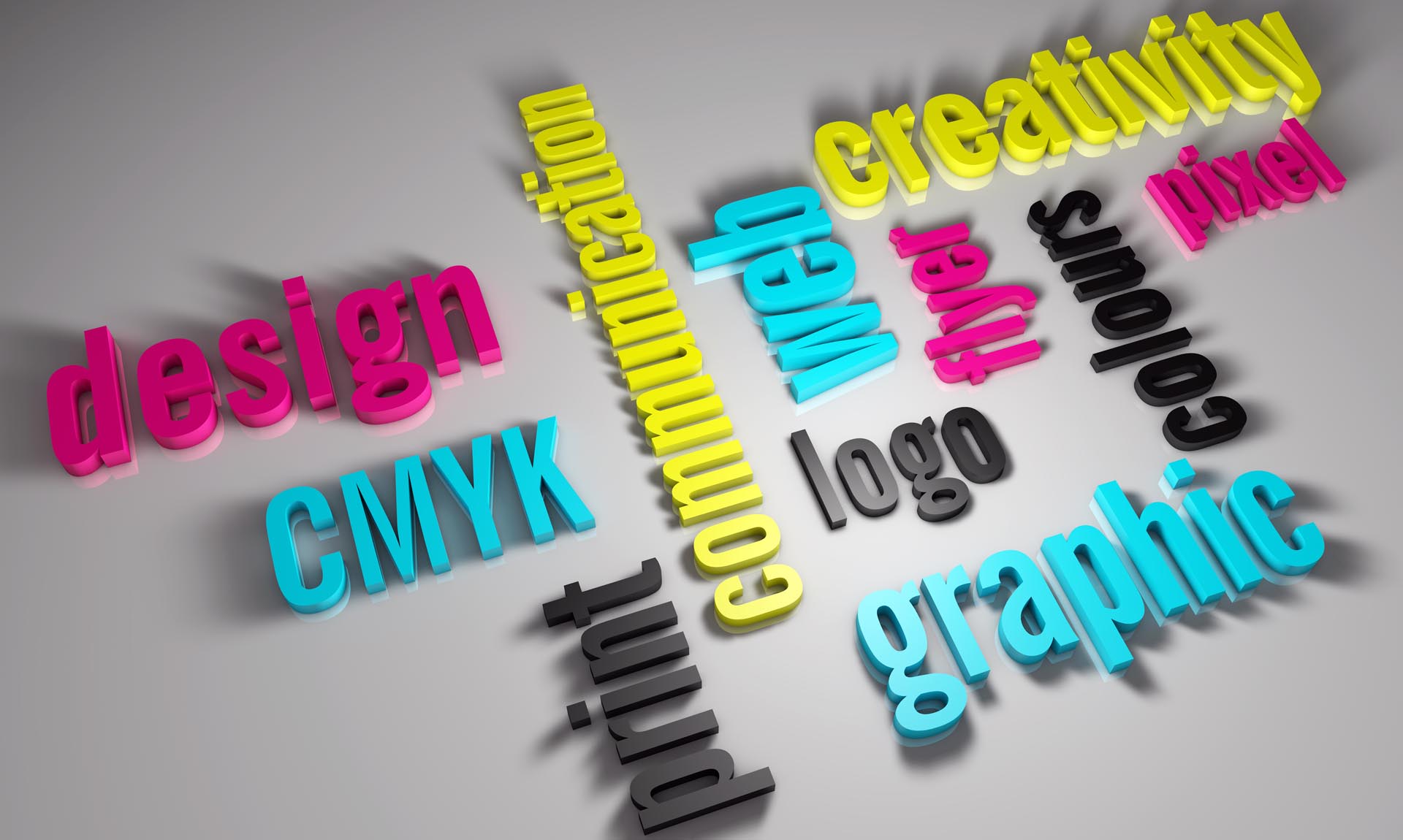You are not making your concepts diverse enough.
They are creating some ideas that are very similar by simply varying the layout or fonts slightly. The matter here is that each one design options are often rejected if they are doing not fit what the customer was trying to find. If you present very different ideas, one is far more likely to be chosen. This is often one among the primary lessons that each designer will discover while learning graphic design.
Make design concepts too complicated.
There is an awesome need for several new designers to overcomplicate their designs. An honest design is usually very simple. Remember: less is more.
Focusing more on beautiful style than on how the merchandise benefits the top user
When designing something like a billboard or brochure, the graphic designer should specialise in selling the items that interest the potential buyer. It’s great to form something look beautiful, but it should also connect and appeal to the top user.
Targeting the incorrect demographic
Not targeting the proper audience with the proper quite design. Taken to the acute, a cool youthful style probably wouldn’t be suitable for promoting a retirement home.
You are not making the foremost of your design presentation skills.
A small amount of overtime allotted to submitting the planning can make the difference between whether a design is accepted or not, for instance, if a label design was actually applied to a photograph of a bottle, the customer can get a true idea of what the finished design would appear as if.
Starting to design directly on the pc
Starting to design on the pc, in my opinion, limits your ideas. By turning off the pc for a short time and grabbing a pencil and paper, ideas can flow more freely. A designer isn’t limited by technique or filters or “what they know the pc can do” when he makes preliminary designs.
Charging enough for your design work.
When a designer starts out, it’s difficult to gauge the worth of her work. The thing to recollect is that the clients who commission the work generally use their design work to extend their income. A logo can help raise a company’s profile; a package can help sell more products. There are many independent rate calculators available on the online which will assist in giving guidance on what proportion a contract designer should charge.
There are some careers that just need dedication for you to achieve success in them. A solid education, a willingness to find out, and therefore the ability to figure hard can cause reasonable success in these areas. There are others that you simply should consider as long as you’re hooked into them, for instance, medicine or nursing. Then there are the professions that require not just passion and dedication, but a generous dose of talent.
For those that dream of becoming a graphic designer, the seeds were probably sown in childhood, once they got their first A’s in the course.
From drawing pictures in your childhood that also adorn the walls of your home, if you’ve got now reached a stage where your idea of fun involves twiddling with design tools on your computer creating beautiful works of art, then you’re the right candidate. for a career in graphic design.
Graphic design is defined as communication through a mixture of text and pictures. In other words, graphic design is the visual expression of a message, idea or concept. If an image is worth thousand words, graphic designers are among the foremost prolific writers we all know.
So if graphic design is what you would like to try to for the remainder of your life, then it is time to start out the action. Here may be a three-step approach on the way to become a graphic designer.
Get informed
The step to becoming a graphic designer is gathering relevant information, and much of data, about the profession. Some questions you’ll want to seek out answers to include:
- What is the character of the job?
- What sorts of career opportunities do they have?
- What is your earning potential?
- What is quite training needed?
Some research on the web will yield answers to most of those questions. You’ll also interview industry experts to urge first-hand information. Professional advisers and admissions consultants also can provide useful information about the profession.
Rate
The second step to becoming a graphic designer is acquiring the required qualification for it. There are a couple of things to understand about this profession before applying for an appropriate program. Creativity alone isn’t enough to achieve success during this field. You want to combine it with computer skills and business knowledge.
Experience in using different design tools and software programs are as important to a replacement age graphic designer as talent. Since the work of a graphic designer involves understanding client requirements and audience, business knowledge is additionally desirable.
That’s why it is vital to settle on a graphic arts degree that provides you with a solid foundation in computer skills, web design techniques, and business principles.
Many other professionals may enter the door with short-term professional certifications in graphic arts; earning a university degree will certainly boost your commercialization. Most colleges offer two graphic arts programs: an associate’s degree and a baccalaureate in graphic arts and style.
A baccalaureate is that the minimum credential required for many entry-level and advanced graphic design jobs.
Experiment
Gone are the times when your academic achievements alone could get you excellent positions in large organizations. Employers lately are trying to find hands-on industry experience alongside academic credentials, especially if you’re in an applied field like graphic arts.
Becoming a graphic designer would require quite a degree or certificate. You begin building a portfolio, the higher your chances on the work market. Some graphic arts programs may offer internships for college kids to urge their hands dirty with design while they’re still in college.

